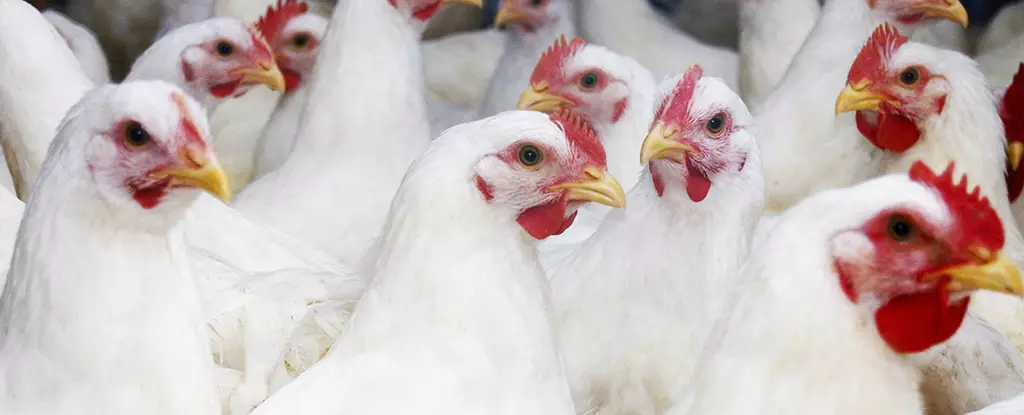Recently, the avian influenza H5N1 virus has made its path from a Colorado dairy farm to a nearby poultry farm, infecting five human workers who were involved in culling the affected birds. The spread of such a highly infectious virus has raised concerns about the potential for a pandemic outbreak. The US Centers for Disease Control and Prevention (CDC) has confirmed four of the human cases originating from the commercial egg laying business, with the fifth case currently pending confirmation. It is imperative to analyze the spread of the virus and its implications for both animals and humans.
It is hypothesized that the avian influenza virus jumped from dairy cattle to the poultry farm, leading to the infections in the workers. This situation has raised questions about the virus’s ability to thrive in different animal hosts without significant mutations. Scientists are concerned about the potential for the virus to spread rapidly across various species, increasing the risk of a wider outbreak. The spread of the virus highlights the need for effective prevention measures and vaccine development to control its detrimental effects.
Apart from the risks to human health, the spread of bird flu poses a significant threat to agriculture and livestock. Cows infected with the virus produce milk that is unsafe for consumption, leading to economic losses for dairy farmers. Culling infected birds, such as the 1.8 million birds at the Colorado poultry farm, results in a substantial reduction in livestock numbers. These culling practices increase the exposure of workers to the virus, particularly those involved in handling infected animals.
The infected workers at the poultry farm were responsible for loading birds into carbon dioxide gas chambers for culling. The working conditions, including industrial fans spreading feathers and the method of culling involving close interaction with infected birds, increased the risk of infection among the workers. Despite the use of personal protective equipment (PPE), the high temperatures in Colorado on the day of the incident posed challenges for maintaining strict safety protocols.
Following the outbreak of avian influenza, the CDC has emphasized the importance of implementing effective transmission prevention strategies. An industrial hygienist has been enlisted to assess the current protocols and recommend improvements to reduce the risk of infection among workers. While the symptoms in infected humans have been mild, the focus is on preventing further spread of the virus and protecting both animal and human populations.
The spread of bird flu from a dairy farm to a poultry farm, infecting workers, highlights the potential for a broader outbreak of the avian influenza virus. The rapid transmission of the virus between different animal species raises concerns about its pandemic potential. It is essential to enhance surveillance measures, develop vaccines, and improve safety protocols to mitigate the impact of avian influenza on agriculture and public health.

Leave a Reply